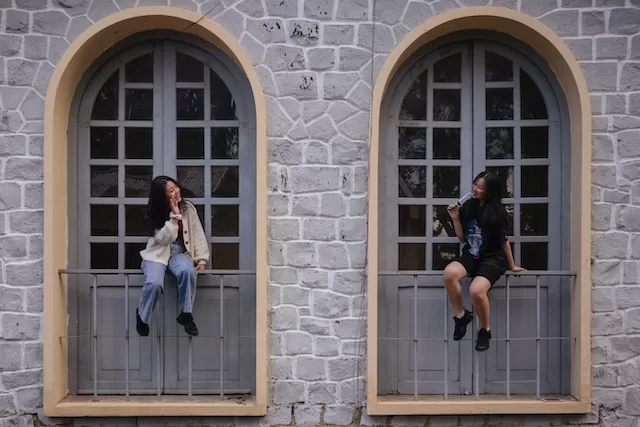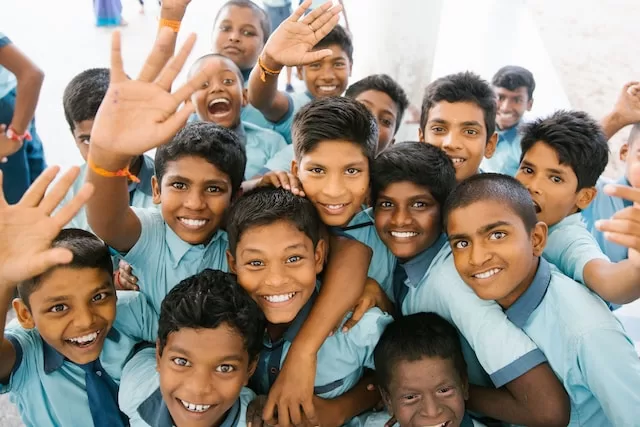Table of Contents
Have you ever wondered how people greet each other in different countries and cultures? Do you want to avoid awkward or embarrassing situations when traveling or meeting new people? If so, this blog post is for you!
In this post, we will explore some of the most common and interesting greeting etiquette and customs around the world, and give you some tips on how to say hello like a local. Whether you are planning a trip abroad, doing business with foreign partners, or simply curious about other cultures, this post will help you learn more about the diversity and richness of human communication.

Greeting Etiquette and Customs Around the World
Here are some examples of how people greet each other in different countries and cultures:
- The Philippines: Mano or Pagmamano is an honouring gesture that is usually practised when greeting the elderly. It involves taking the right hand of the elder and gently touching it to your forehead while bowing slightly. This shows respect and gratitude for their wisdom and guidance.
- Tibet: Sticking out your tongue is a traditional way to greet and show respect to Tibetans. The practice originated with the 9th-century death of a malevolent king who had a black tongue: As the story goes, the country’s Buddhist adherents believed he would be reincarnated, so they began to stick their tongues out to prove they weren’t the tyrant reborn.
- Thailand: The wai is a common gesture of greeting and respect in Thailand. It involves pressing your palms together at chest level and bowing slightly. The higher you raise your hands and the lower you bow, the more respect you show. The wai is used to greet elders, superiors, monks, and even statues of Buddha.
- New Zealand: The hongi is the traditional greeting of New Zealand’s Māori people. It involves clasping hands, pressing noses and foreheads together, and inhaling each other’s breath. This sharing of breath is “a symbolic show of unity between two people,” Dr. Angus Hikairo Macfarlane, professor of Māori research at the University of Canterbury, explained to Stuff.
- Botswana: Shaking hands is a common way of greeting in many countries, but in Botswana, it has a twist. The handshake is done with the right hand while holding your left elbow with your right hand. This shows that you are not hiding anything in your left hand and that you are sincere and trustworthy.
How to Say Hello Like a Local
Now that you have learned some of the greeting etiquette and customs around the world, here are some tips on how to say hello like a local:
- Do your research: Before visiting a new country or culture, do some research on their greeting etiquette and customs. You can use online resources such as Commisceo Global, Lonely Planet, or AFAR to learn more about the culture, language, people, beliefs, etiquette, business practices and more.
- Observe and follow: When in doubt, observe how the locals greet each other and follow their lead. Pay attention to their body language, facial expressions, tone of voice, and gestures. Try to mimic their style and level of formality. If you are unsure or confused, don’t be afraid to ask for clarification or guidance.
- Be respectful and open-minded: Remember that different cultures have different ways of expressing themselves and showing respect. Don’t judge or criticize others for their greeting etiquette and customs. Instead, be respectful and open-minded. Appreciate the diversity and richness of human communication. You might learn something new and make some new friends along the way!
We hope you enjoyed this blog post on greeting etiquette and customs around the world. If you have any questions or comments, please feel free to leave them below. And if you liked this post, please share it with your friends and family!
References:
How to greet in Different cultures – Wai / Kiss
Greeting customs from around the world – Lonely Planet
Guides to Culture, Customs and Etiquette for 80+ Countries
Related content:

Leave a Reply